Gran Canaria is one of Spain’s Canary Islands, located off the northwestern coast of Africa.
For decades, Gran Canaria has been a winter sun destination for mainland Europeans. More and more, adventurous travelers are looking beyond the south coast beaches to explore the island’s varied landscapes.
Our guide summarizes the best things to do in Gran Canaria if you love nature, hiking, and off-the-beaten-path travel. Use this guide and our 7-Day Gran Canaria road trip to plan a unique, adventure-filled trip to Gran Canaria.
Gran Canaria Travel Essentials
When to Visit: Gran Canaria is an all-year-round destination, but the best time to visit is from late November until early May.
Trip Length: We recommend spending 7 days in Gran Canaria.
Car Rental: We recommend using the Discovercars.com car rental reservation platform to book car rentals.
Top Attractions: Roque Nublo, Maspalomas Sand Dunes, Puerto de Mogan, Las Palmas de Gran Canaria, Pico de las Nieves, Tejeda
Our Favorite Destinations: Puerto de las Nieves, Agaete Valley, Tamadaba Natural Park, Tejeda, Güi Güi Beach
Travel Guidebooks: DK Eyewitness Top 10 Gran Canaria and Gran Canaria Marco Polo Pocket Guide
Hiking Guidebooks: Cicerone: Walking on Gran Canaria and Rother: Gran Canaria
What to Do in Gran Canaria Map
1. Bathe in the Agaete Natural Pools
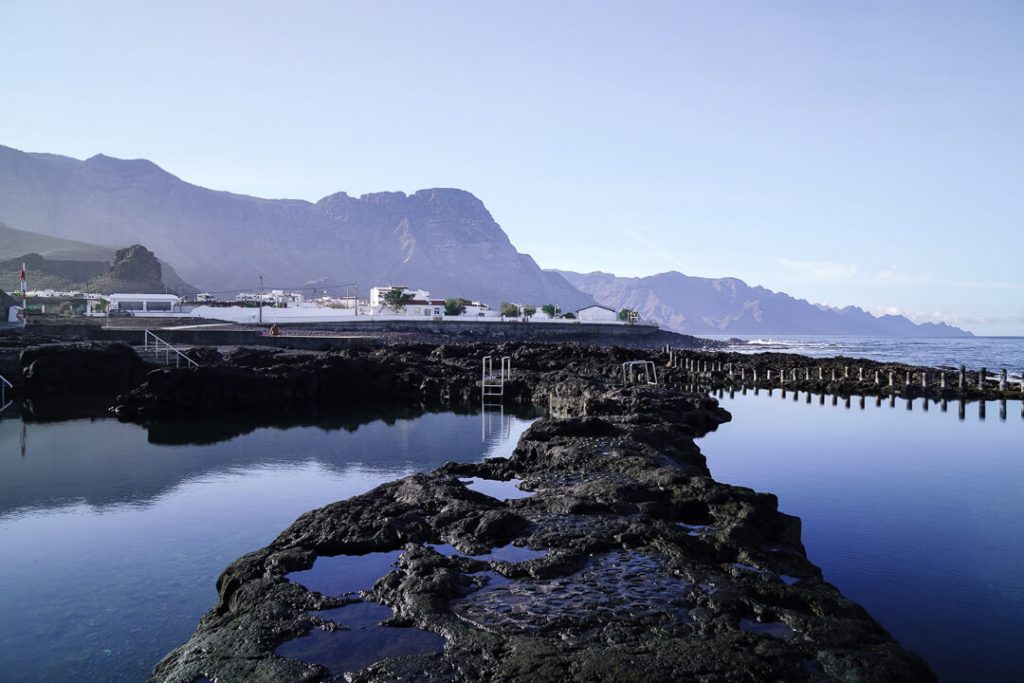
The Agaete Natural Pools (Las Salinas de Agaete / Agaete Piscina Natural) are three linked natural swimming pools, sheltered from the open ocean, in northwest Gran Canaria.
Though there are many seawater pools in Gran Canaria, Las Salinas de Agaete stand out because of their accessibility and location. From the pools, you can see the rugged Tamadaba massif and the northwest coast.
Furthermore, the pools are located in the charming village of Puerto de las Nieves, the port of Agaete.
Agaete is the gateway to Agaete Valley, Tamadaba Natural Park, and Guayedra Beach.
Entrance Fee | None
Exact Location | Google Maps
Where to Stay in Puerto de las Nieves | Casa Calma Yoga Guesthouse (budget), Hotel Puerto de Las Nieves (midrange), or Hotel & Spa Cordial Roca Negra (luxury)
2. Hike in Agaete Valley
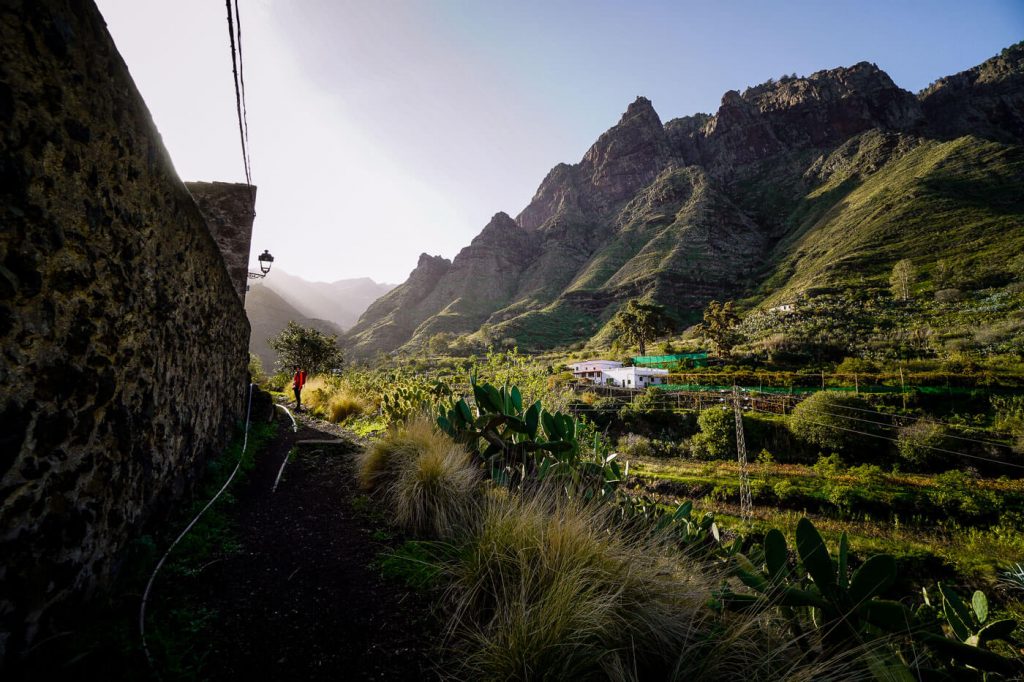
Valle de Agaete is a lush and fertile valley at the base of the Tamadaba massif in northwest Gran Canaria. The valley harbors a few scattered hamlets, endless groves of tropical fruit, and even coffee plantations.
Starting in Agaete, you can drive the length of the valley all the way to El Sao.
However, a better way to explore the valley is on foot. Those seeking a scenic half-day hike can follow the point-to-point trail from San Pedro village in Valle de Agaete to Puerto de las Nieves.
From San Pedro (accessible by bus), follow the Camino de los Romeros pilgrim route (trail SL-2) up to the Cuevas de Berbique caves and onwards to the Era de Berbique threshing floor. From here, follow the panoramic trail all the way down to Agaete and/or Puerto de las Nieves.
We’ve outlined everything you need to know about this stellar Valle de Agaete hike in our San Pedro – Agaete Trail Guide.
Those seeking a longer and more challenging hike should check out the Agaete Valley to Tamadaba Natural Park trail. It’s a 16.7 km circuit and takes about 7 hours to complete.
Where to Stay in Puerto de las Nieves | Casa Calma Yoga Guesthouse (budget), Hotel Puerto de Las Nieves (midrange), or Hotel & Spa Cordial Roca Negra (luxury)
3. Explore Tamadaba Natural Park
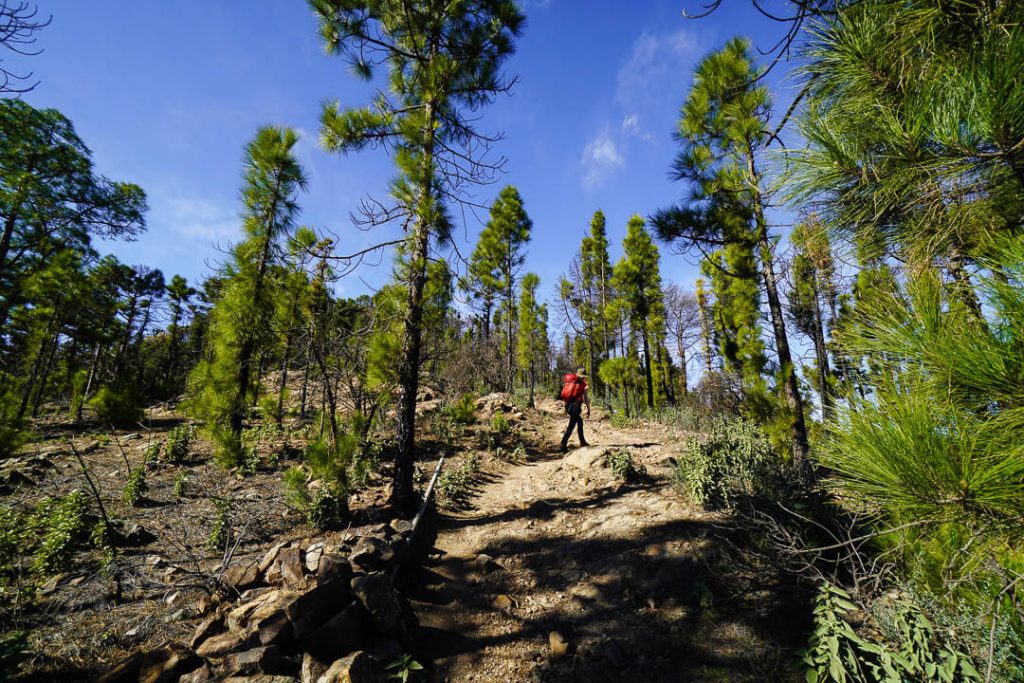
Tamadaba Natural Park (Parque Natural de Tamadaba) is a UNESCO Biosphere Reserve in northwest Gran Canaria, home to the largest Canary Pine forest on the island.
You can access the park from the northwest coast, Agaete Valley (see Agaete-Tamadaba trail guide) as well as from the interior. Here are our favorite places in the park:
Guayedra Beach
Guayedra Beach is a nudist-friendly black sand beach along the northwest coast frequented by locals. It’s only accessible by foot and there are no facilities around the beach. Starting from Agaete/Puerto de las Nieves, you can walk to the beach in one hour. Read our guide to visiting Guayedra Beach.
Roque Faneque
Roque Faneque is a panoramic cliff in Tamada Natural Park overlooking the rugged west coast of Gran Canaria. You can hike to Roque Faneque from Casa Forestal de Tamadaba (Tamadaba Forest House) in one hour. Casa Forestal de Tamadaba is located on the GC-216 road, 11.4 km from Artenara and 18.8 km from Tejeda.
Altavista Peak
Altavista (1376 m) is a panoramic peak along the crater wall of Caldera de Tejeda. A very satisfying hike leads from Mirador del Sargento through the Tamadaba Pine Forest to the summit. The peak overlooks the town of La Aldea and the west coast. On clear days, it’s possible to see Tenerife’s Pico del Teide.
Rules for Visiting Tamadaba Natural Park
Stay on marked trailsDo not remove stones, flowers, plants Do not build cairns / rock towers Respect wildlife Never leave waste of any type in the park, including cigarette butts and leftover food. Do not make excessive noise (loud music, yelling, etc…)
4. Find the Fertility Caves of Cuevas del Caballero
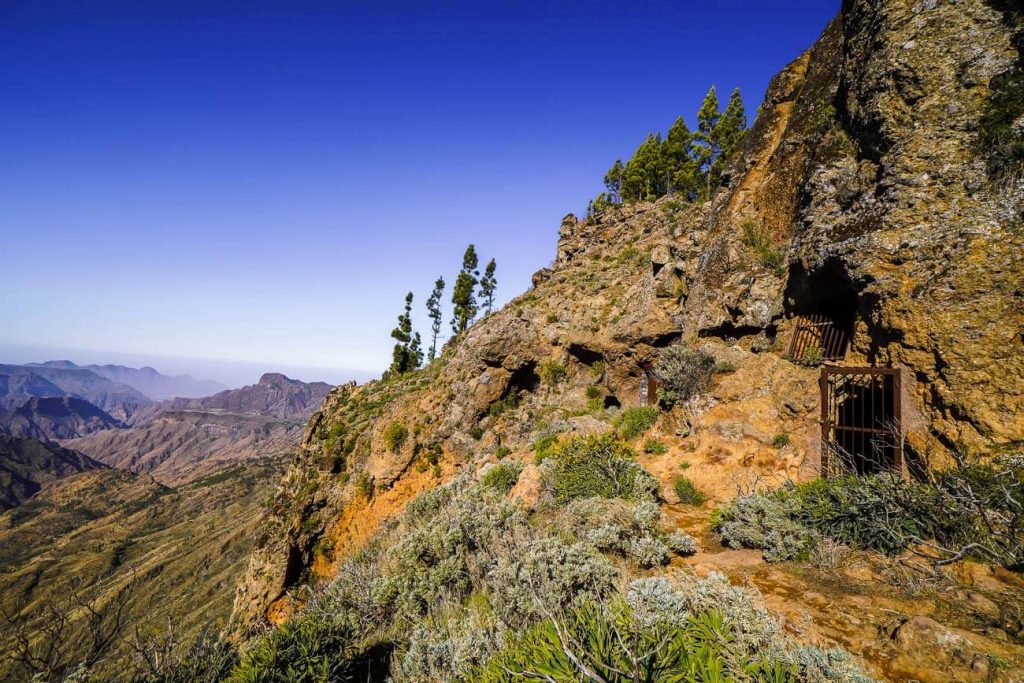
Cuevas del Caballero are a group of seven caves, six of which are man-made. It’s believed that these cave dwellings were used by the indigenous inhabitants for fertility rites.
Throughout the cave system there are etchings of the female vulva as well as channels and basins on the floor, used for summoning rain, a symbol for fertility.
The ceremonial caves are gated off, though you can peer into them.
You can walk to the caves from Cruz de Tejeda. Follow this Cuevas del Caballero trail guide.
Entrance Fee | None
Where to Stay in Cruz de Tejeda | Parador de Cruz de Tejeda
Where to Stay in Tejeda | Calma Suites Tejeda (modern apartments), Hotel Rural Fonda De La Tea (B&B) or Vivienda Vacacional La Portada (apartment)
5. Hike to the Base of Roque Nublo
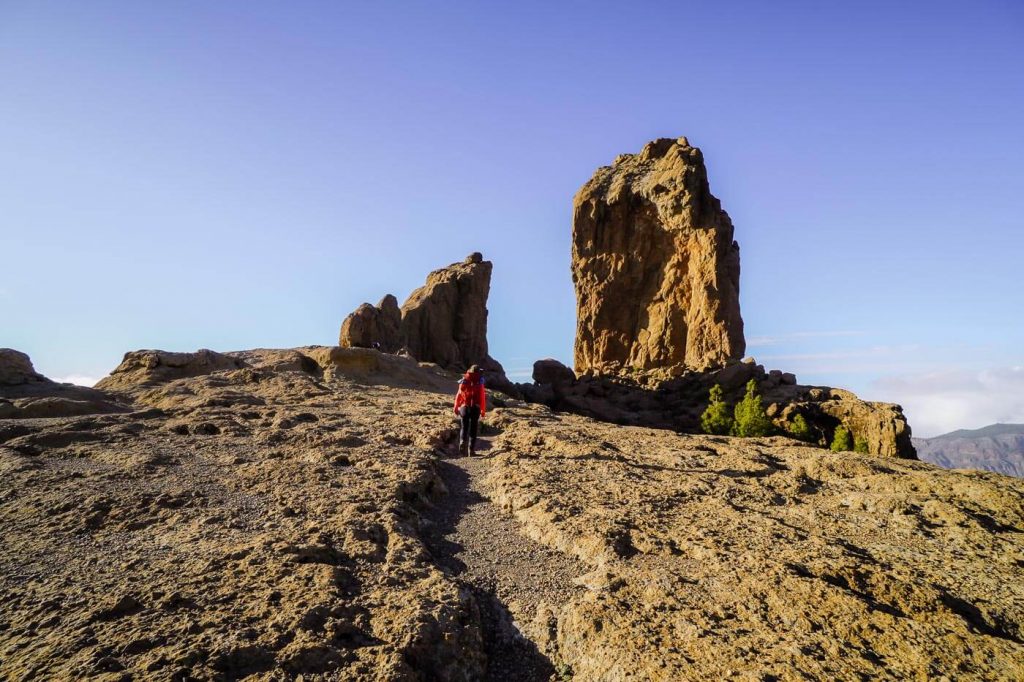
Roque Nublo, which means “Cloud Rock,” is a 65 meter tall volcanic rock on Gran Canaria. It was formed by a volcanic eruption around 4.5 million years ago.
At 1813 meters, Roque Nublo is the third highest summit on the island.
This top natural landmark is located in the mountainous center of Gran Canaria in the municipality of Tejeda.
Though Roque Nublo can be admired from multiple viewpoints including the natural arch Ventana del Nublo, the most impressive view is from the rocky plateau at its base. To get here, drive to Degollada de La Goleta Car Park. It’s a straightforward 35 minute walk to the plateau at the foot of Roque Nublo.
Read our Roque Nublo guide for more details.
Trailhead / Car Park | La Goletta. Exact Location: Google Maps.
Entrance Fee | None
Where to Stay in Cruz de Tejeda | Parador de Cruz de Tejeda
Where to Stay in Tejeda | Calma Suites Tejeda (modern apartments), Hotel Rural Fonda De La Tea (B&B) or Vivienda Vacacional La Portada (apartment)
6. Visit Tejeda and Gran Canaria’s Rugged Interior
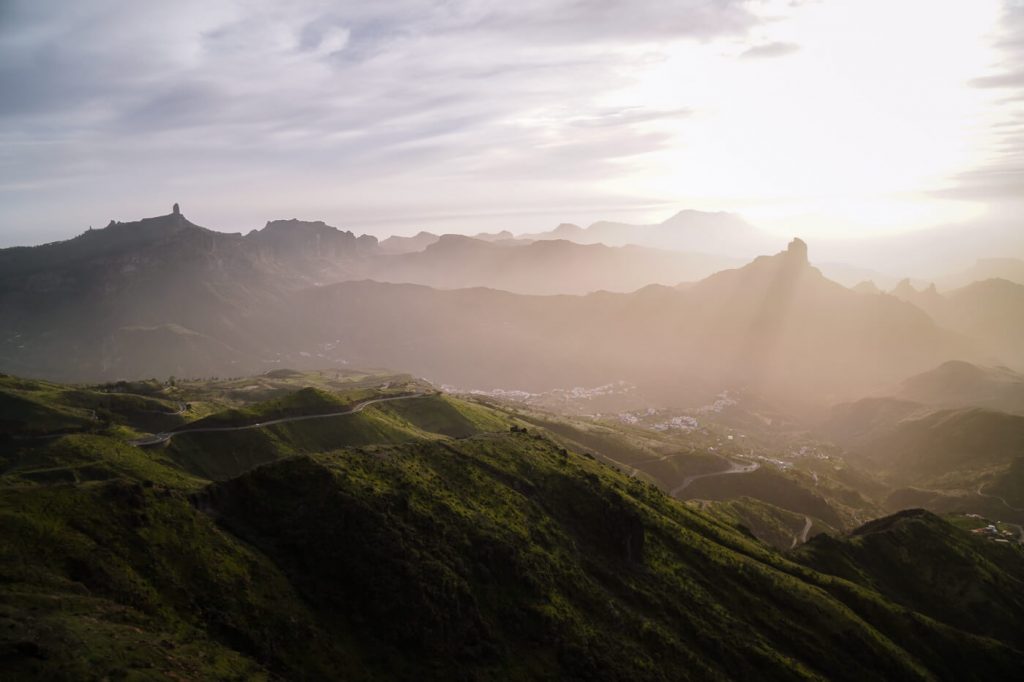
Situated on the eastern edge of the caldera de Tejeda (volcanic crater of Tejeda), the white-washed town of Tejeda (1050 m) is arguably the most beautiful town on the island. It’s also a spectacular base for hiking.
Recommended Day Hikes around Tejeda:
During your visit, buy pastries from Dulcería Nublo, eat ice cream at Heladería LaLexe, and dine at Texeda.
Where to Stay in Cruz de Tejeda | Parador de Cruz de Tejeda
Where to Stay in Tejeda | Calma Suites Tejeda (modern apartments), Hotel Rural Fonda De La Tea (B&B) or Vivienda Vacacional La Portada (apartment)
7. Hike to Güi Güi Beach, Gran Canaria’s Most Stunning Beach
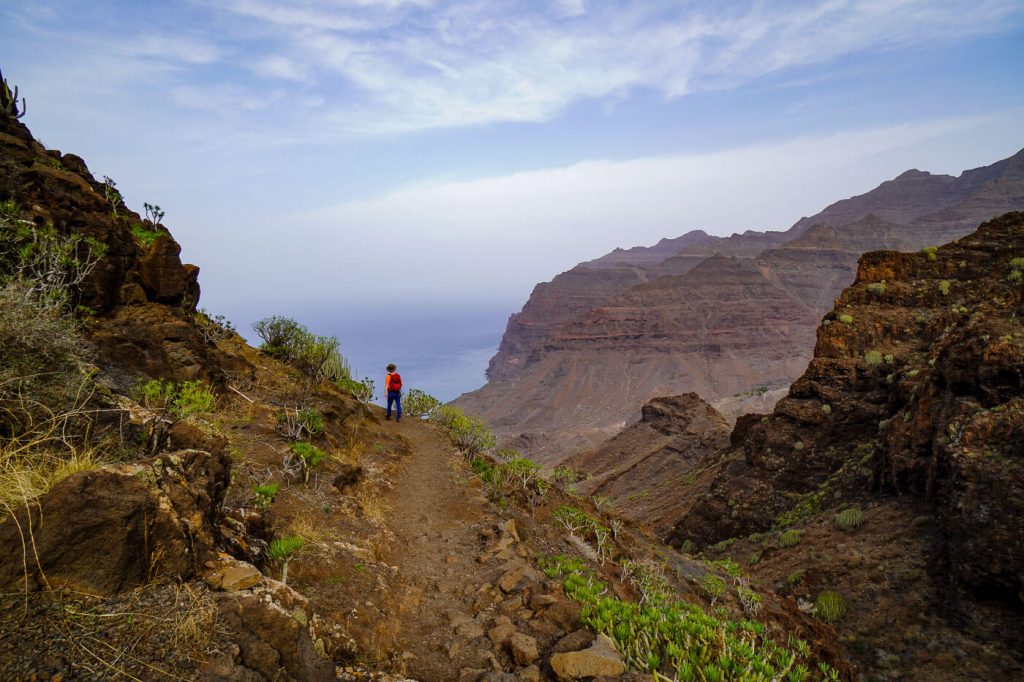
Güi Güi Beach is a pristine black sand beach backed by towering cliffs along the southwest coast.
There are two hiking routes that lead to Güi Güi Beach. The shorter route starts in Tasartico and the longer route starts in Albercón in La Aldea.
We recommend starting in Tasartico, a quiet hamlet in the Tasartico Ravine along GC-204 in southwest Gran Canaria.
To reach Playa Güi Güi, hikers have to tackle a 467 meter ascent followed by a 635 meter descent (1:45 – 2:15 hours one-way). You essentially go up a barranco to Degollada de Aguas Sabinas and down another.
The trail cuts through rugged, mountainous terrain. Sturdy hiking boots are essential. There’s no shade along the route, so it’s best to start early. Bring sufficient water and sun protection. There are no facilities at the beach.
Read our Güi Güi Beach Trail Guide for a complete description of the trail.
8. Drive Gran Canaria’s Thrilling Roads
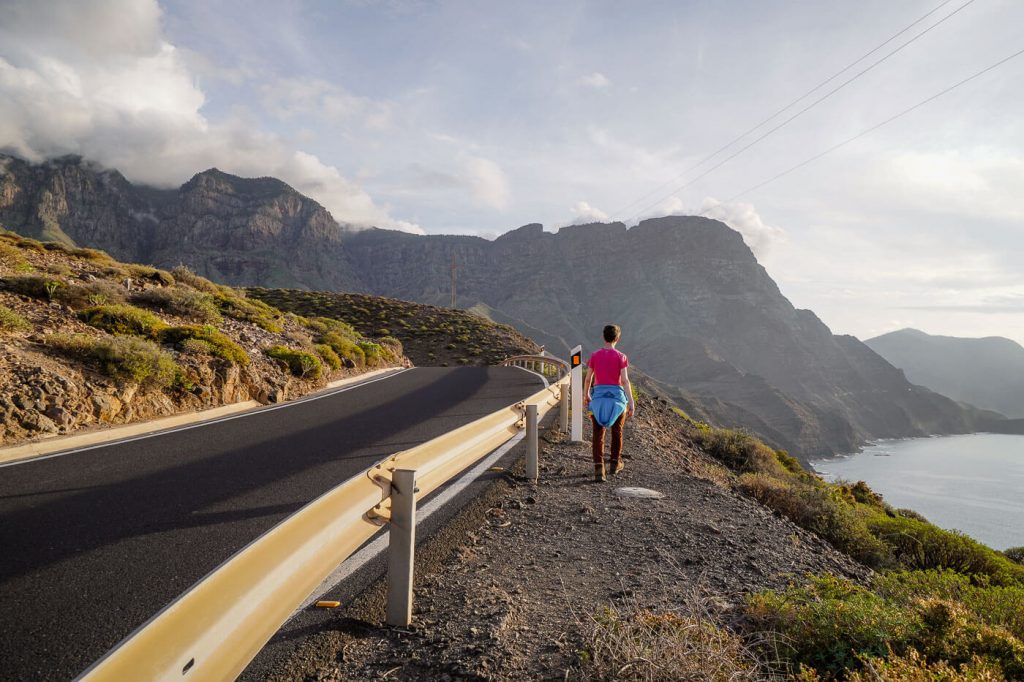
Gran Canaria is etched with spectacular serpentine mountain roads. Here are some scenic drives you should prioritize during your visit. Most of these are integrated into our 7-Day Gran Canaria Road Trip.
GC-200 | Agaete – La Aldea – Playa de Mogán
The GC-200 links Agaete in the northwest with La Aldea in the east and Playa de Mogán in the south.
The GC-200 initially runs parallel to the northwest coast, cutting across Tamadaba Natural Park.
After passing the hamlet of El Risco (driving south), traffic is re-routed onto the more direct GC-2. Before reaching La Aldea, you can detour back onto the GC-200 to see the famous Mirador del Balcón viewpoint.
Continue following the GC-200 to Mogan and Playa de Mogán. This road twists across rugged, mountainous landscapes, passing Los Azulejos De Veneguera (Rainbow Rocks) along the way.
GC-60, GC-600, and GC-150 | Maspalomas to Cruz de Tejeda
One of the most riveting drives on the island is from Maspalomas in the south to Cruz de Tejeda in the interior. This mountain drive takes in the barren, rocky landscapes of central Gran Canaria.
GC-60 leads through the Fataga Ravine to San Bartolomé de Tirajana and onwards to Ayacata.
In Ayacata, the road divides. Take the GC-600 to Degollada de La Goleta (Roque Nublo Trailhead), the Mirador Presa de Los Hornos viewpoint, and the Llanos de La Pez Camping area.
Leave the GC-600 and follow the GC-150 to Mirador de Degollada Becerra and to Cruz de Tejeda.
GC-210 | Artenara – Mirador del Molino – La Aldea
The GC-210 connects Artenara, the highest settlement on the island, with La Aldea. This scenic road crosses a very remote and rugged region, which feels worlds away from the rest of the island.
Just west of Artenara, the paved GC-210 branches off to the south and plunges down a series of hairpins to the Mirador del Molino viewpoint and the Presa del Parralillo and Presa Caidero de la Niña dams.
This is the most hair-raising and challenging road to drive on Gran Canaria, because it’s extremely steep and narrow.
Along some stretches, it’s basically a one-lane road, impassable for two cars at the same time. Drivers should be confident backing up on steep mountain roads, should the need arise.
Renting a Car in Gran Canaria
We recommend using the Discovercars.com car rental reservation platform to search for and book car rentals.
This easy-to-use booking platform compares car rental deals from 500+ trusted providers, so that you can choose the best option for your trip.
Check car rental rates here.
9. Relax at Maspalomas Beach
Maspalomas Beach is a long golden beach in the south of Gran Canaria.
The beach is flanked by the rolling windswept Maspalomas sand dunes. This unique desert landscape is a nature reserve, protected by the Gran Canaria government. Stay on marked pathways to protect the fragile ecosystem.
Maspalomas Beach stretches from the Faro de Maspalomas lighthouse to Playa del Inglés.
You can access the beach from either the Maspalomas lighthouse, Playa del Inglés, or the Mirador de las Dunas de Maspalomas viewpoint.
Facilities | Most of the facilities are concentrated along the western-end of the beach, near the lighthouse. There are some snack stands at intervals along the beach. However, these stands will be closed in the event of strong winds.
Parking | There’s a paid parking garage near the Faro de Maspalomas bus station. Street parking is possible, but limited.
Public Transit | The closest bus station to the beach is Estación Faro De Maspalomas.
Nudity | Yes. There are nudist zones in the middle of Maspalomas Beach.
Where to Stay in Maspalomas | boungalow Mena Playmar (budget), Kumara Serenoa By Lopesan Hotels (midrange), Hotel Faro, a Lopesan Collection Hotel (luxury), or Hotel Riu Palace Maspalomas (Adults Only luxury)
10. Spot The Witcher Filming Locations
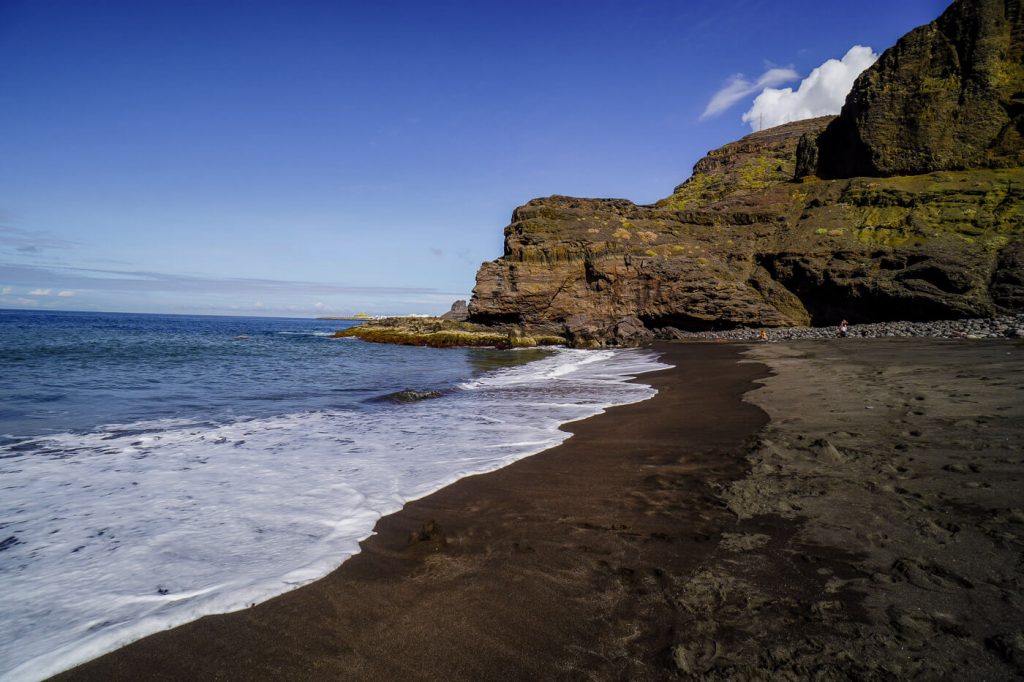
Scenes from season 1 of the fantasy-epic The Witcher (Netflix TV Series) were filmed across Gran Canaria.
Maspalomas Sand Dunes
Ciri’s dream sequence in the desert was shot in the Maspalomas Dunes.
In episode 4, Yennefer portals to several locations, including the Maspalomas Dunes, in an attempt to save Queen Kalis and her newborn from an assassin.
Roque Nublo
Part of the assassin sequence where Yennefer fights the assassin was also filmed at Roque Nublo.
Guayedra Beach
At the end of the assassin sequence, Yennefer teleports to Guayedra Beach cradling the body of Kalis’ baby girl. She delivers a bitter monologue before burying the infant on the black sandy shore.
Fataga Ravine
In episode 2, Geralt of Rivia and Jaskier the bard are filmed walking through the Fataga Ravine in search of a devil creature, who ends up being Torque the Sylvan.
Source: moonhoneytravelers










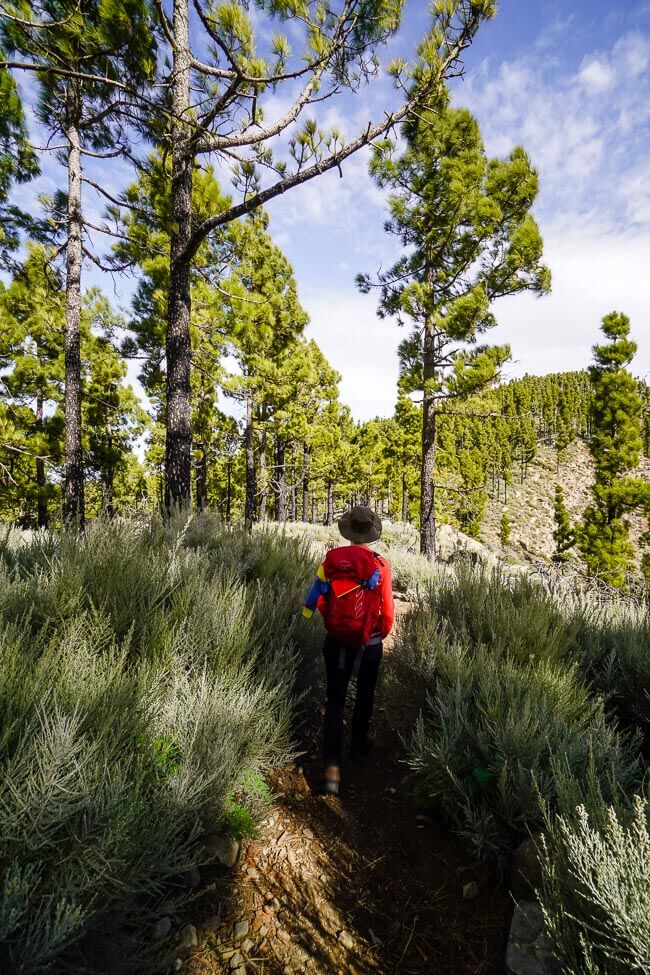








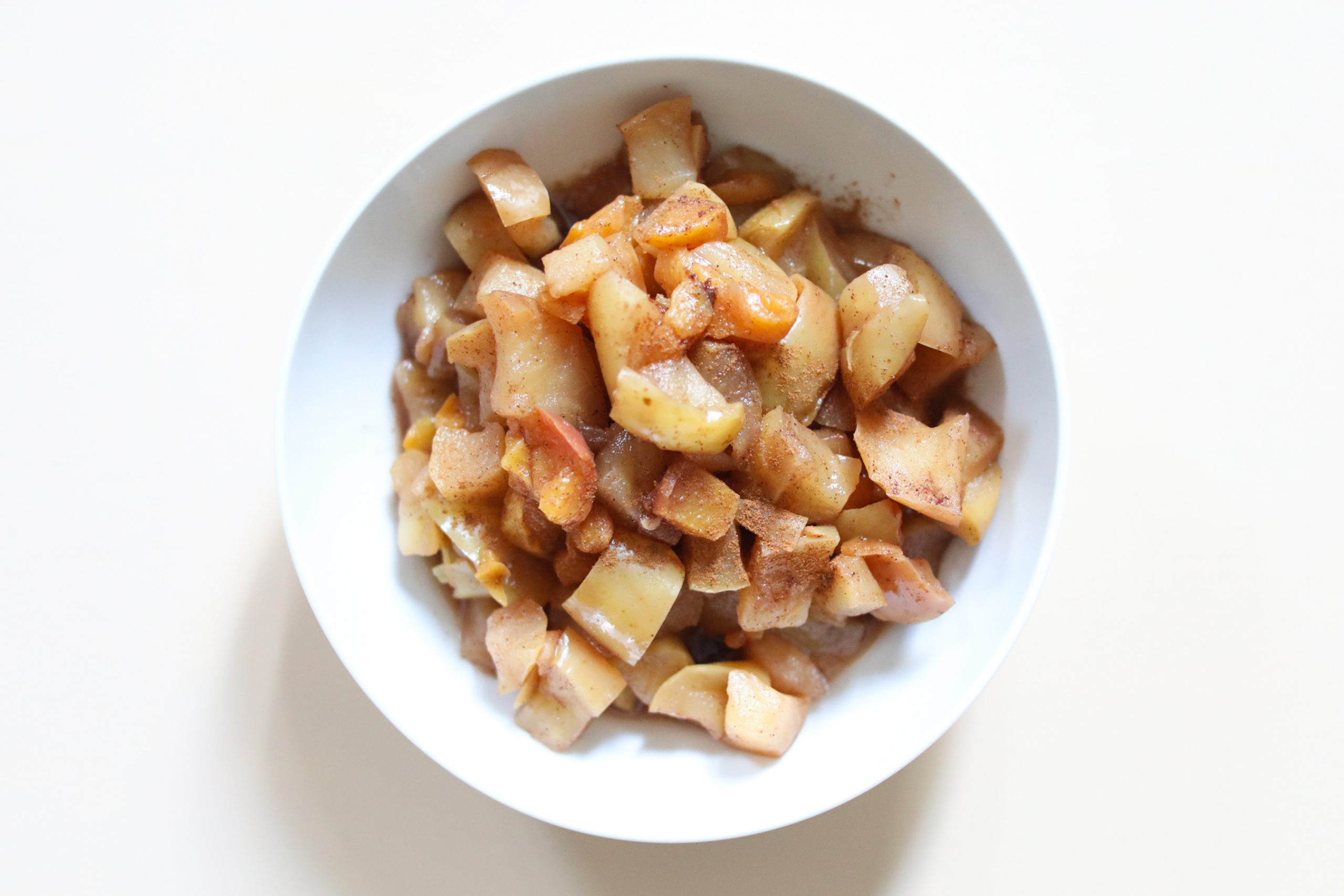

Discussion about this post